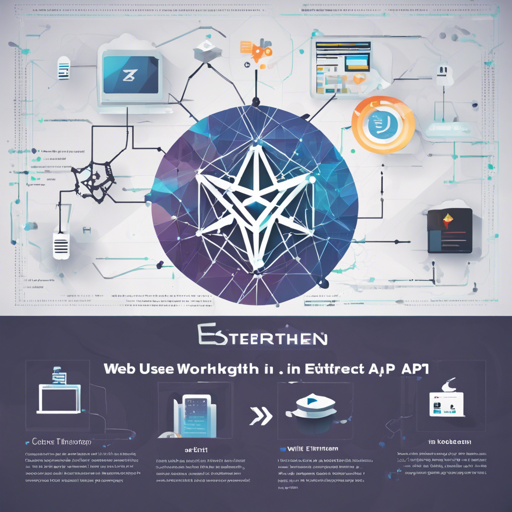Welcome to your quick start guide for using web3.swift, an Ethereum API for Swift. In this article, we’ll walk through the steps of installation, usage, and troubleshoot common issues. Let’s dive in!
Installation
To get started with web3.swift, you have two primary options for installation: Swift Package Manager or CocoaPods (though the latter is not recommended). Here are the steps for each:
Swift Package Manager
Using Xcode, add the repository to your project by navigating to File – Swift Packages. Alternatively, you can add the following line to your Package.swift file:
swift.package(url: "https://github.com/argentlabs/web3.swift", from: "1.1.0")CocoaPods (Not Recommended)
If you prefer CocoaPods, add the following line to your Podfile:
pod 'web3.swift'Then, run the following command in your terminal:
$ pod installUsage
Once installed, you can start interacting with the Ethereum network. Here’s how to get started:
Creating an Ethereum Account
First, you need to create an instance of EthereumAccount with a key storage provider:
import web3
// Recommended: Implement your own KeyStorage provider instead of using EthereumKeyLocalStorage in production.
let keyStorage = EthereumKeyLocalStorage()
let account = try? EthereumAccount.create(replacing: keyStorage, keystorePassword: MY_PASSWORD)Connecting to the Ethereum Network
You can connect using either EthereumHttpClient or EthereumWebSocketClient. This will give you access to various functions for interacting with the blockchain:
guard let clientUrl = URL(string: "https://an-infura-or-similar-url.com/123") else { return }
let client = EthereumHttpClient(url: clientUrl)
// Or for WebSocket
guard let clientUrl = URL(string: "wss://sepolia.infura.io/ws/v3/123") else { return }
let client = EthereumWebSocketClient(url: clientUrl)Getting the Current Gas Price
To get the current gas price, you can use the following code snippet:
client.eth_gasPrice { (error, currentPrice) in
print("The current gas price is \(currentPrice)")
}If you’re using async/await, you can await the results:
let gasPrice = try await client.eth_gasPrice()Working with Smart Contracts
Let’s think of interacting with smart contracts like sending a letter with a specific set of instructions to a mailbox. You write the letter (the transaction), include the address (the smart contract), and the postman (the Ethereum network) delivers it. Here’s how you can encode a smart contract function:
public struct Transfer: ABIFunction {
public static let name = "transfer"
public let gasPrice: BigUInt? = nil
public let gasLimit: BigUInt? = nil
public var contract: EthereumAddress
public let from: EthereumAddress?
public let to: EthereumAddress
public let value: BigUInt
public init(contract: EthereumAddress, from: EthereumAddress? = nil, to: EthereumAddress, value: BigUInt) {
self.contract = contract
self.from = from
self.to = to
self.value = value
}
public func encode(to encoder: ABIFunctionEncoder) throws {
try encoder.encode(to)
try encoder.encode(value)
}
}In this example, the various properties like contract, from, and to represent the recipient addresses and the value to be transferred. Subsequently, the function can be used to generate and send a contract call.
Troubleshooting Tips
If you run into issues while setting up or using web3.swift, here are some troubleshooting ideas:
- Check if the URL used for the
EthereumHttpClientorEthereumWebSocketClientis correct and properly formatted. - Ensure that you are using the correct versions of dependencies listed in the README.
- If you encounter issues with encoding or decoding transactions, ensure that the data types match the expected formats.
For more insights, updates, or to collaborate on AI development projects, stay connected with fxis.ai.
Conclusion
At fxis.ai, we believe that such advancements are crucial for the future of AI, as they enable more comprehensive and effective solutions. Our team is continually exploring new methodologies to push the envelope in artificial intelligence, ensuring that our clients benefit from the latest technological innovations.
Happy coding with web3.swift! Dive into your Ethereum journey and leverage the power of decentralized finance.

